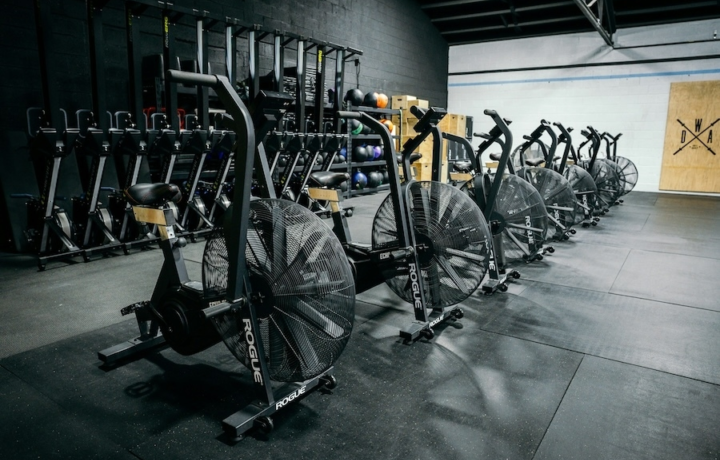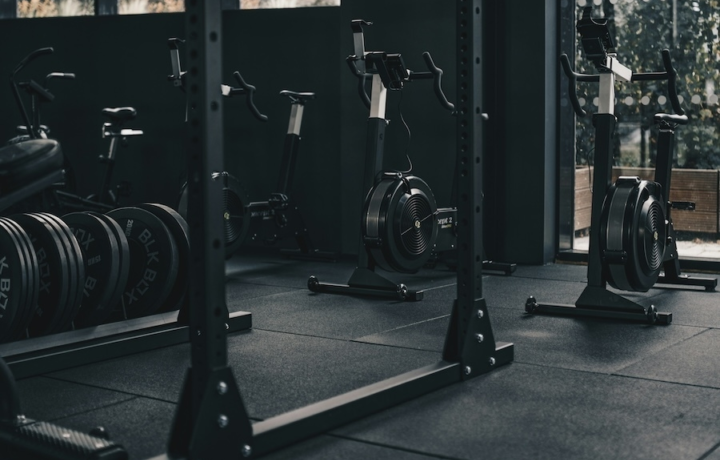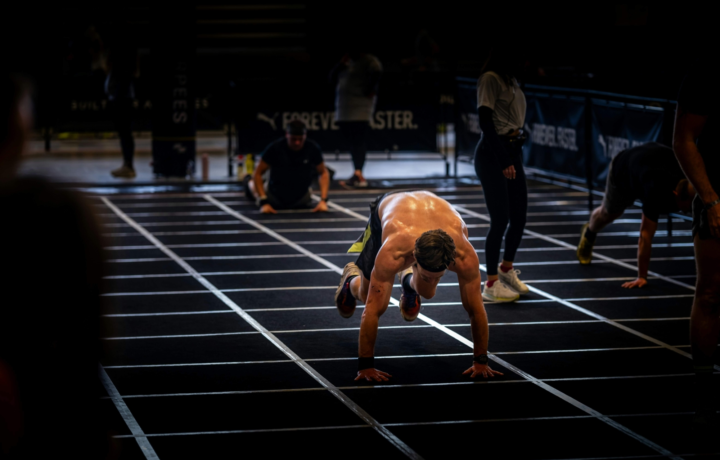Everything you need to know
HYROX
HYROX is a race format built on functional fitness, endurance, and consistency. Whether you're preparing for your first event or aiming for a faster time, this is your starting point. Here you’ll find everything in one place: what HYROX is, how the race works, common terms, training advice, workouts, and frequently asked questions. Everything to help you train with purpose and perform with confidence.
Additionally, our HYROX calculator helps you develop a winning strategy by estimating your finish time based on your running pace and station performance. Whether you're competing solo or with a doubles partner in Open or Pro division, proper pacing can make the difference between hitting your goals and burning out mid-race.
FAQ (5)
Generally, yes. Hyrox’s repeated 1 km runs paired with functional movements favor those with a strong aerobic base. Runners often transition well and enjoy the structure, but will need to build strength for movements like sled pushes and wall balls.
Access to sleds, ski ergs, rowers, wall balls, and sandbags is useful. If limited, you can substitute sleds with weighted pushes or drags and ski/row with cardio machines. A heart rate monitor also helps guide pacing and track improvement over time.
Athletes often struggle with sled push/pull strength, wall ball volume under fatigue, or pacing the run portions. Address these by improving muscular endurance, breathing control, and race-day transitions. Practicing fatigue management is key to success.
Most athletes benefit from 3–5 sessions per week. This can include 1–2 full Hyrox simulation workouts, 1–2 focused strength sessions, and 1–2 recovery or mobility sessions. Rest is just as important as volume — so include active recovery days to help avoid burnout or injury.
The 8 official Hyrox workout stations are: SkiErg, sled push, sled pull, burpee broad jumps, rowing, farmer’s carry, sandbag lunges, and wall balls. Each station is preceded by a 1-kilometer run, creating a consistent rhythm of cardio-to-strength transitions. Training these movements regularly helps improve your technique, pacing, and endurance under fatigue.
Definitions
The approach to managing effort across the race to avoid burnout and optimize performance — essential for both beginners and pros.
A training method that mimics the full Hyrox race format to prepare both physically and mentally for the event.
Two race formats: Open is for general participants, while Pro features heavier weights and is aimed at elite competitors.
The eight workout stations in a Hyrox race, each separated by a 1,000m run. Examples include sled push, burpee broad jumps, and wall balls.
A training style focused on movements that mimic real-life actions — combining strength, endurance, and mobility. The foundation of Hyrox.











